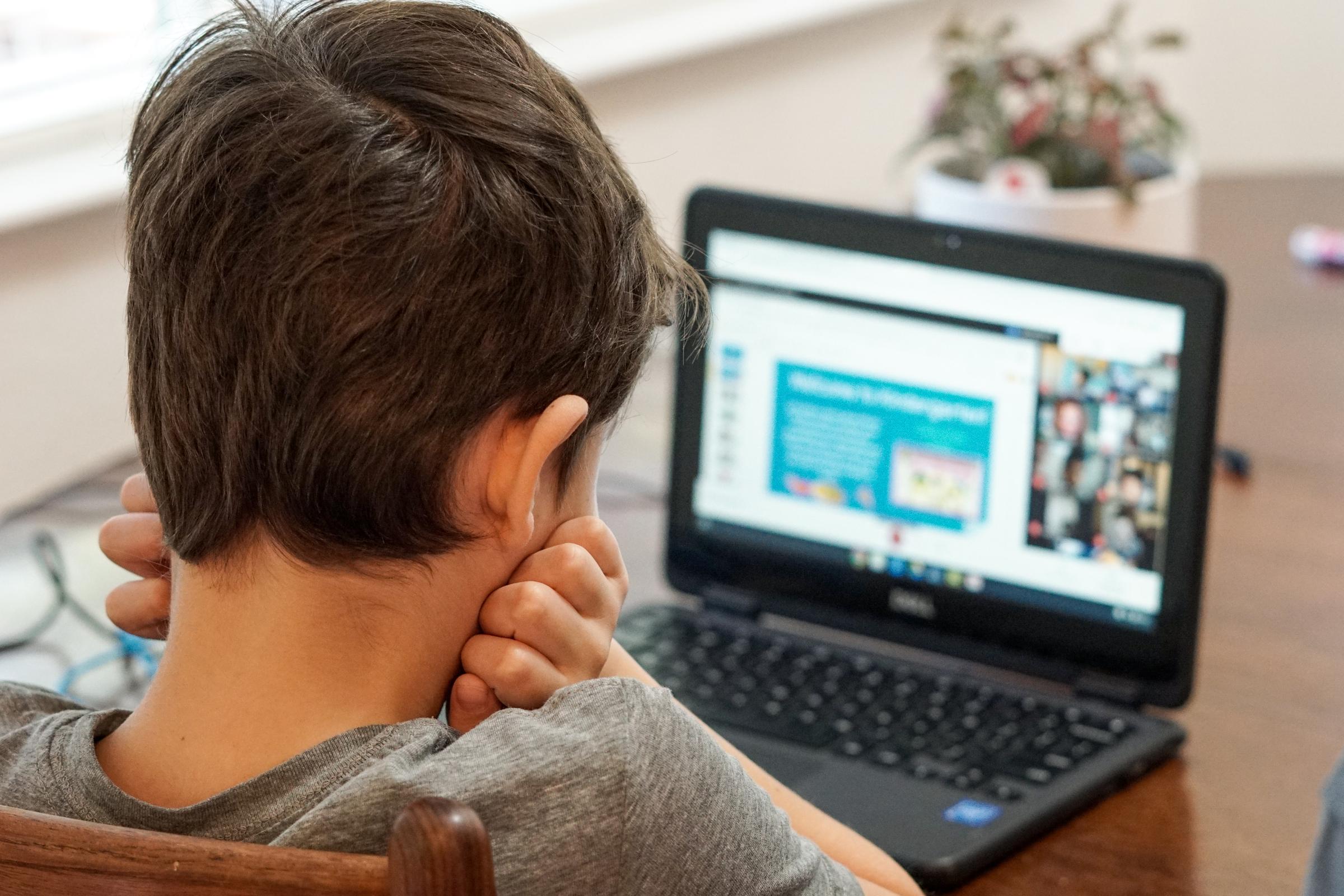Child Safety
Child Safe Standard 9: Child Safety in Physical and Online Environments

Child Safety
Child Safe Standard 9: Child Safety in Physical and Online Environments


At Holy Family, children use technology to build the essential digital skills required to be learners in the 21st century. It is crucial that children also develop the skills to act safely and be safe when accessing technology.
Students are not just taught how to access digital technology to enhance their learning but are explicitly taught how to "reduce their risk of exposure to online harm and empower them to safely and successfully navigate the digital world." (from Alannah and Madeline Foundation)
Parental understanding and supportare crucial. Below is:
One: Chat often about safety online


Talk to your children about how to stay safe online. Ask if anything ever worries them while they're online. Make sure they know that if they ever feel worried, they can get help by talking to you or another adult they trust.
Two: Be Non-Jugdemental
Always provide calm loving support. Explain that you would never blame them for anything that might happen online.
Three: Supervise Their Online Activity


Keep the devices your child uses in communal areas of the house, such as the living room or kitchen, where you can supervise. Children should not have access to the internet unsupervised in private spaces, such as alone in a bedroom.
Four: Talk About How Their Online Actions Affect Others
If your child engages with others online, remind them to consider how someone might feel before posting or sharing something. Always ask permission before sharing a photo or a video of somebody else.
Five: Parental Controls


In your home, use the parental controls available on your home broadband and all internet-enabled devices.


The eSafety Commissioner (eSafety) is Australia’s independent regulator for online safety. They are a government agency dedicated to keeping people safer online. eSafety is running free webinars for parents and carers. These live webinars give parents and carers the knowledge, skills and tools to support their children to have safe online experiences. The 2023 webinars include various topics delivered by eSafety expert education and training teams.
Four thirty-minute topics are being presented in Term 2. The first, third and fourth webinars are suitable for parents of primary school children, and the second webinar is aimed at parents of secondary school children.
See the poster below for an outline of topics and below for further details, and register your interest in attending the webinars online.


Webinar One: Getting started with social media: TikTok, YouTube, Instagram
This 30-minute webinar is designed for parents and carers of young people in primary and secondary school. It includes practical tech tips, conversation starters and digital parenting advice.
It will cover the following:
Dates: 22nd May or 8th June at 12.30-1.00 pm
Webinar Three: eSafety 101: how eSafety can help you
It will cover the following:
Date: 24th May at 7.30-8.00 pm
Webinar Four: Setting your child up for success online
It will cover the following:
Date: 31st May from 7.30-8.00 pm
Connie Drossaert
Wellbeing Leader